Before Keanu Reeves dodged bullets and hacked into the mother of all mainframes, one dark, rainy cityscape envisioned the future of sci-fi cinema. When The Matrix burst onto screens in 1999, it quickly became one of the most influential sci-fi films of all time. But the Wachowskis’ cyberpunk masterpiece owes a debt to the retro neo-noir of Alex Proyas’ Dark City just a year earlier.
The Visionary World of Dark City
Though less celebrated, Proyas’ atmospheric thriller was a visual revelation and psychological precursor to the reality-bending premises The Matrix would popularize. With its rain-slicked streets and ominous nighttime world, Dark City created an utterly unique visual landscape that proved massively influential. Alex Proyas crafted a looming urban environment that seemed both retro and otherworldly.
While the virtual reality of The Matrix was technologically engineered, the fluctuating reality of Dark City stems from a more supernatural source. Both films follow a protagonist who begins to realize the world around them is an elaborate construct concealing a strange truth. For Neo, it’s that humans are trapped in a simulated reality created by machines. For John Murdoch in Dark City, it’s that alien beings called The Strangers periodically alter people’s memories and the physical landscape of the city itself.
RELATED: Marcus Chong’s Tank Will Never Return For Matrix Sequels
Neo and John Murdoch: Heroes of Constructed Realities
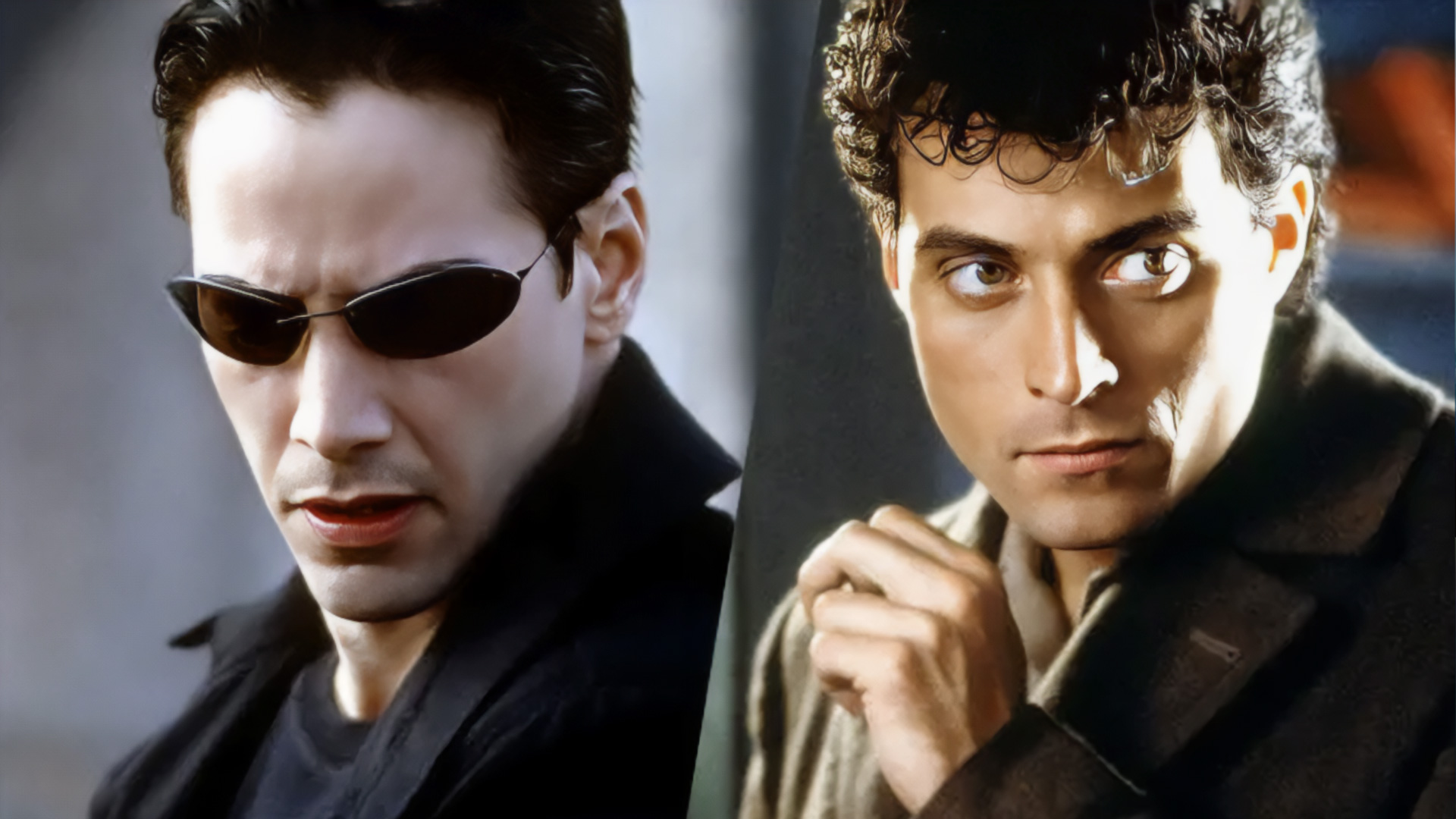
Like Neo (Keanu Reeves) and his crew freeing minds from The Matrix, John resists having his identity rewritten by the Strangers. Both films use the classic stranger in a strange land premise to tremendous effect – allowing audiences to experience the disorientation of unstable realities alongside the protagonists. The Strangers in Dark City conduct shifting experiments to study human souls, similar to the clinical interest the machines take in humans in The Matrix. While Dark City’s setting is less digital than The Matrix’s, the premise of manipulated realities managed by malevolent overseers should ring a few bells for sci-fi fans.
The Reluctant Messiahs
Both John Murdoch and Neo represent reluctant messianic figures who discover they have a special destiny to fight against the illusory worlds trapping others. Neo is designated as “The One” who can manipulate The Matrix, destined to free humanity from their prison. Though less fated, John Murdoch gains the ability to tune into the city’s frequency and reshape its physical space. Like Neo, John also appears to have some inexplicable ability to resist the Strangers’ memory wipes. Both characters follow the classic hero’s journey arc – going from average Joes to brave rebels who can see through the veil shrouding the truth.
Kafkaesque Worlds of Surrealism and Paranoia
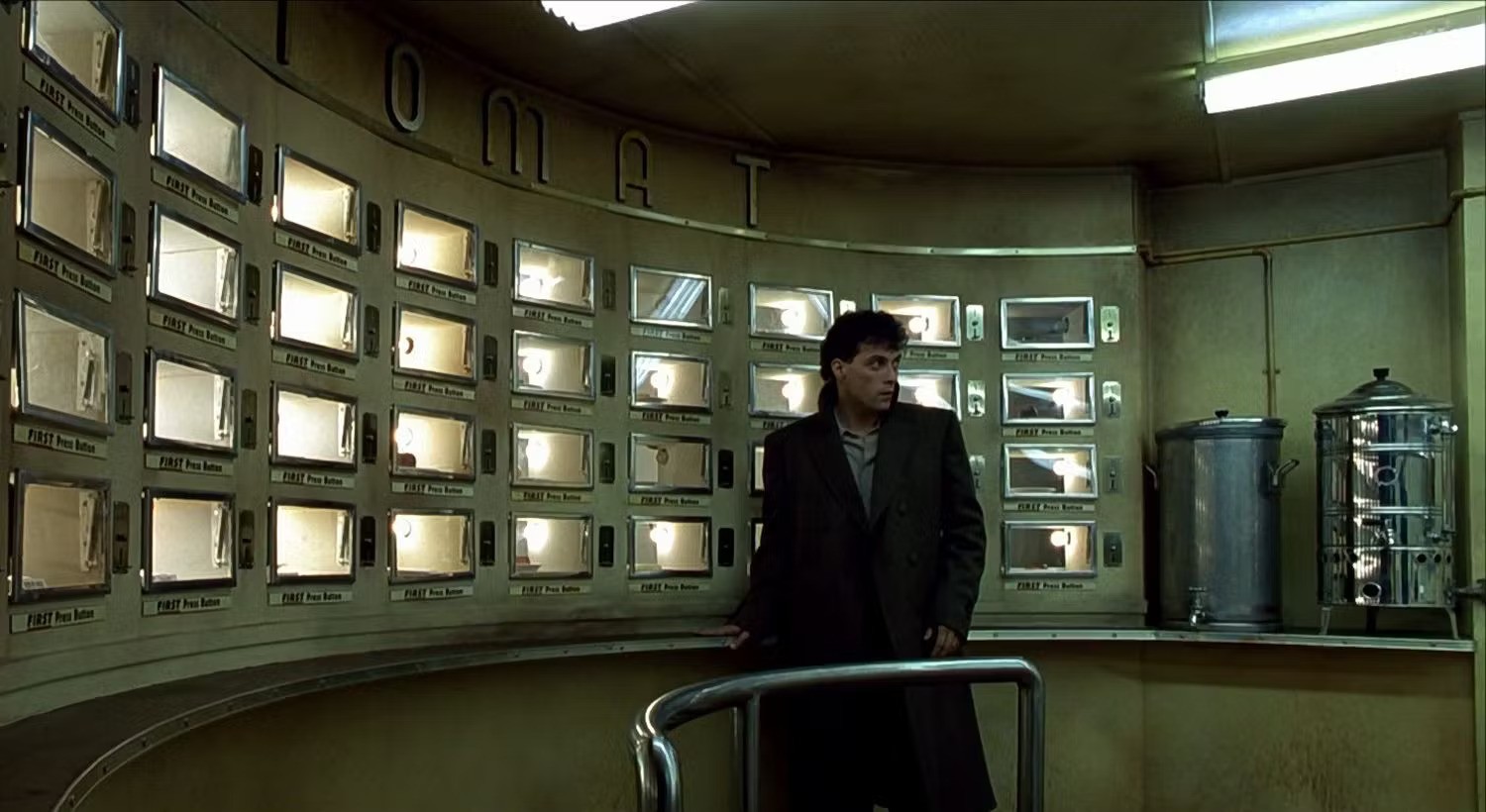
Dark City and The Matrix both channel Franz Kafka’s surreal, paranoid fiction with their nightmarish worlds where identity and truth are elusive. This Kafkaesque quality spoke powerfully to the nihilistic attitudes emerging in the late 90s culture (thanks, grunge!) Ultimately, the close parallels between them reveal our lasting interest in themes of self-determination and questioning reality – themes that are closely tied to what we perceive as the human spirit. The Matrix may have resonated more with its cool aesthetics and lore, but it was building on the mind-bending foundation Dark City laid just a year before.
A Lasting Legacy in Sci-Fi Cinema
Two decades later, both films remain captivating and influential because their premise of constructed realities, ambiguous identity, and rebellion against social control still feels startlingly relevant. Though one film features aliens and the other AI, the human dilemmas at their core leave a similar chilling impression that lingers with us long after their closing credits. It also helps that both films look undeniably cool, even twenty years later.
RELATED: Joker: Folie A Deux Is The Matrix Resurrections Of Comic Book Movies
Tell us, do you think The Matrix is a rip-off of Dark City?


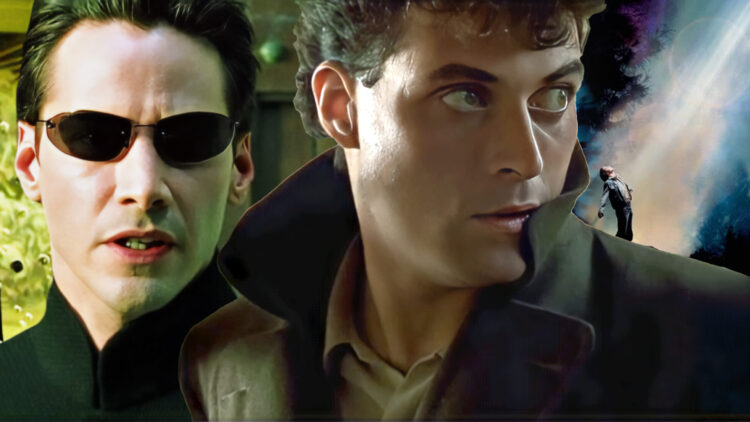
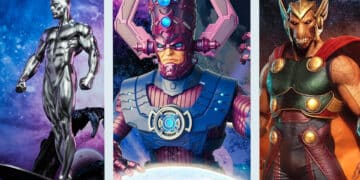
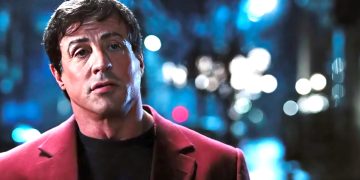
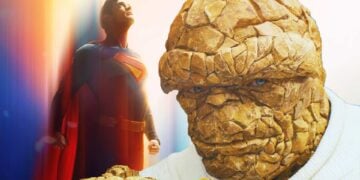

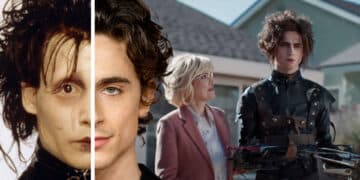

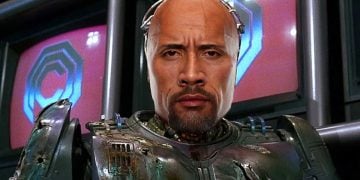
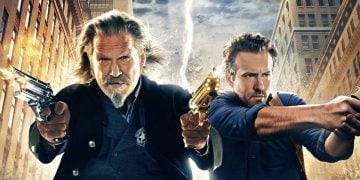

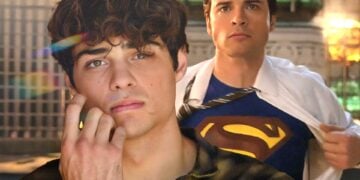
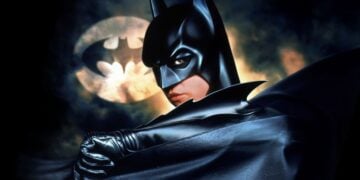
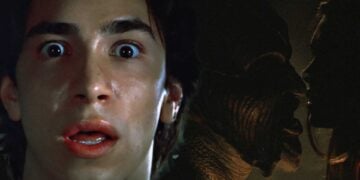
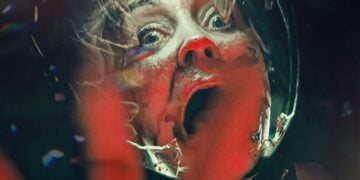

Rodger ebert already addressed this. Also it’s well known that it’s a rip off of “Ghost in the shell “.